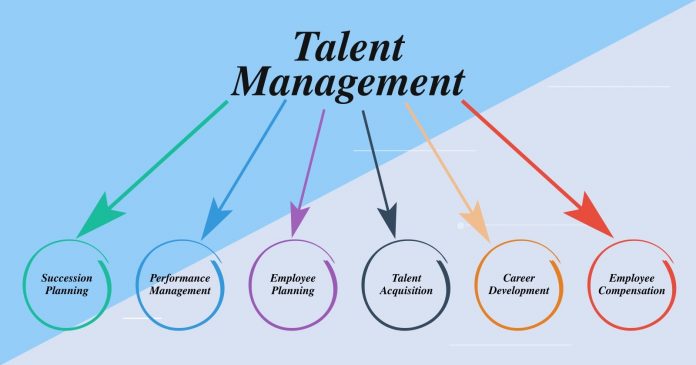Will you be able to cope up with the ever-changing job market? As technology keeps rising and economy changing, businesses must be able to adapt to these changes as well. Along with businesses, even the business units that support them must be able to implement these changes. Bringing a change in one’s career and professional growth is truly essential. Continuous learning takes you a step forward in your career. Not only this, but it also keeps you competent as the HR trend keeps changing in the market.
Most HR professionals are now conceptualizing strategically HR from traditional HR. Simply put, the human resources are moving towards agility. This new change has taken a faster approach in performance management. A Deloitte survey stated that around 79% of the global executives rated agile performance to be the highest priority in most organizations today. The role of human resources is changing deliberately and it has been long time coming.
In today’s businesses, the usage of traditional HR is long gone. It is now the age of agility where people are looking for changes every now and again. Companies are making profound changes in their HR practices transforming it into the talent management framework. As we know, companies now realize that they need to have the best talent if they want to succeed in this complex and competitive workforce. Besides this, they must also know that they need to have the best talent management practices in order to retain, hire or develop talent.
To deliver successful businesses, there should be a proper talent management framework that will define the best practices that will help manage talent. These are certain areas in which we’re seeing drastic changes today.
- Mentoring or coaching
Companies need to move fast and sharpen their skills as they’re looking forward to adopt talent practices. For instance, P&G are on the verge of making their managers perfect coaches. This is a part of the development process that helps in enhancing their individual roles.
- Performance appraisals
After adopting the agile methodology, organizations have dropped the habit of a year ahead pondering on how the projects might go and how they would end. However, in most cases the HR practices that were meant to go forward was to have an annual performance review along with employee goals and how it would cascade in the year to come.
- Salary compensation
With changing job market, the salary structure is seen to change as well. As an example, after the adoption of agile method at Macy’s, it is now used to spot bonuses in order to recognize contribution made when it actually takes place rather than relying solely on the year end salary increase.
- Recruiting
Today, recruiting and hiring has become more agile and easy. To further hasten the process, the team’s core focus move towards clearing out the hurdles. The vacancies are being ranked, and the team concentrates only on top priority candidates until they’re done.
- Learning and development
Learning and development plays a crucial role in introducing newer skills into organizations. Certain organizations already have online learning modules that are accessible on demand. Such approaches are necessary for advancement in one’s professional career.
Shifting from traditional to strategically function is a big challenge. However, following the right talent management framework is needed to achieve the best possible results. Talent management has never been a concern in the industry than it is right now. But organizations must not be in a haste to fill the talent management void. Careful planning and culminating the best strategies needs to be taken care of before getting involved in organization’s culture and practices.



































































